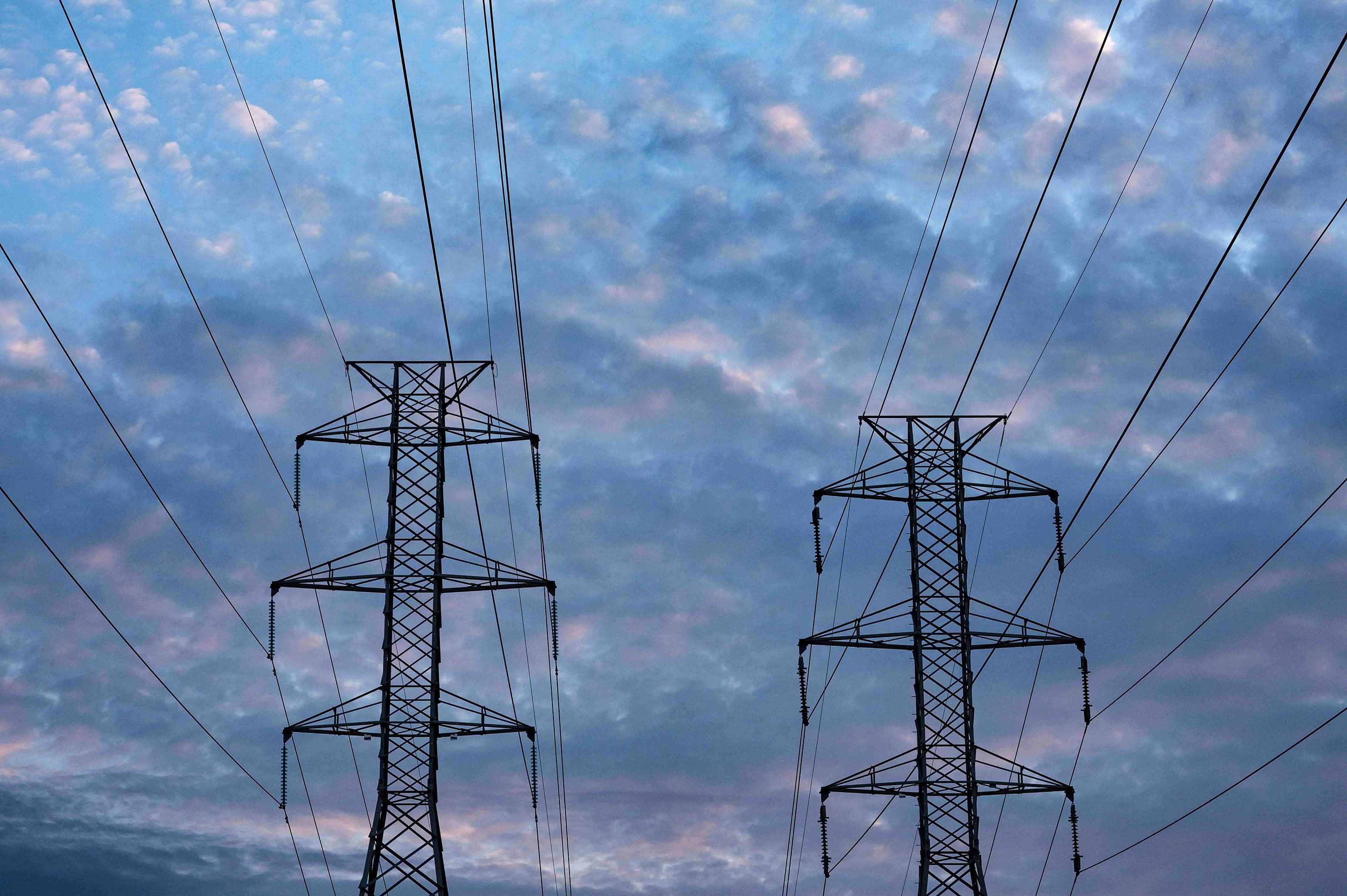News Story
UMD Among 15 Institutions Supported by $62.5 Million Grant To Transform Electric Grids

The United States Department of Energy (DOE) announces up to $62.5 million in support of a new energy research hub involving 15 research institutions, including the University of Maryland, to deliver sustainable and economic energy storage for electric grids.
The Aqueous Battery Consortium, a project led by Stanford University and the DOE’s SLAC National Accelerator Laboratory, seeks to make a major component in batteries—the electrolyte—mostly of water, as researchers believe this is the only solvent capable of meeting storage and affordability criteria; the rest of the device would be made out of abundant materials.
The consortium, which will be administered by Stanford’s Precourt Institute for Energy, consists of over 31 researchers organized into six teams of broad research aims (electrolyte, anodes, cathodes, interface, corrosion, and architecture) and three teams working on challenges that cut across these goals. Professor Chunsheng Wang from the Department of Chemical and Biomolecular Engineering will lead the electrolyte team.
"We developed water-in-salt electrolytes that significantly extended the aqueous battery energy density without compromising safety. In this project, we will collaborate with consortium scientists to reduce the cost of high-energy aqueous batteries for large-scale energy storage," said Wang.
The project undertakes the grand challenge of electrochemical energy storage for electricity grids dependent on intermittent solar and wind power. The scale of stationary energy storage needed globally to support electricity systems with net-zero carbon emissions is large.
New technologies would come, because lead-acid batteries, which are aqueous batteries widely used in conventional vehicles’ combustion engines, do not meet storage, sustainability, cost or safety requirements. For starters, lead is associated with health hazards, and as it is reported that as many as one in three children suffer from toxic poisoning globally, according to a 2020 UNICEF report. In the context of global production, 85% of lead goes to lead-acid batteries, and while new batteries are made of recycled components, protocols in different countries often rely on techniques that are harmful to the environment and communities.
The research team targets that its aqueous battery would not only be an environmentally safe alternative, it would boast much higher energy density than lead-acid batteries and cost one-tenth of what lithium-ion batteries are valued today. The group plans to keep costs for this future technology low by using cheaper raw materials, simpler electronics, and new, efficient manufacturing techniques. The pursued technology is also expected to be safer, and to create batteries that charge and discharge quickly.
Published September 4, 2024









